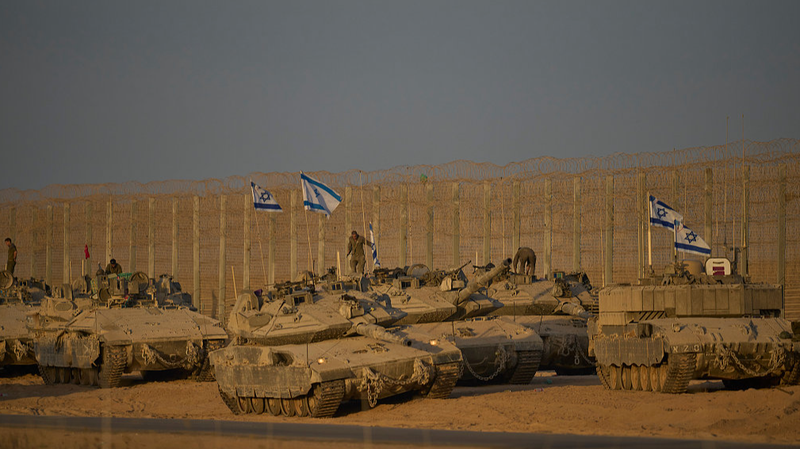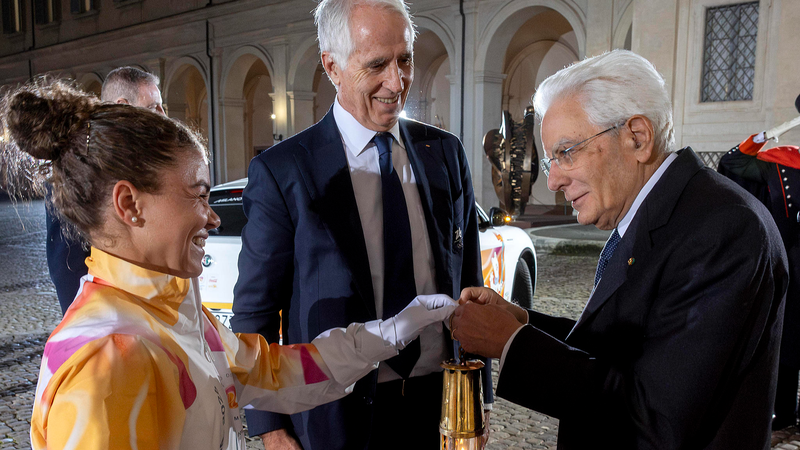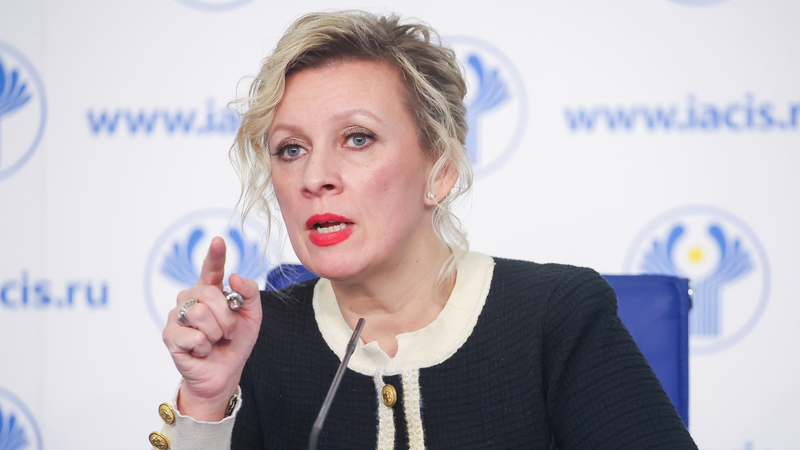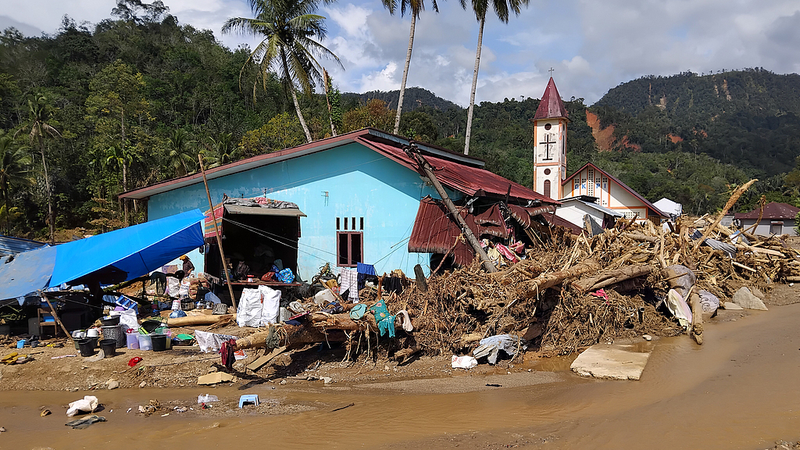🕊️ The week-old Gaza ceasefire is under pressure again after a flare-up on Sunday rocked the fragile calm. A Palestinian attack killed two Israeli soldiers, and Israel’s retaliatory strikes in Gaza left dozens dead. Ouch.
🌐 On Monday, U.S. envoys flew in to meet Israeli Prime Minister Benjamin Netanyahu, aiming to cool tensions and keep the ceasefire plan—brokered by U.S. President Donald Trump—on track. Both Israel and Hamas say they’re sticking to the deal, but recent violence has tested their resolve.
Why it matters to you:
- Peace in Action: A lasting truce means fewer civilian casualties and more room for humanitarian aid to reach those in need.
- Global Diplomacy: Big players like the U.S. are stepping in, showing how nations negotiate to prevent wider conflict.
- Aid on the Way: Relief groups are gearing up to send food, medicine, and supplies to Gaza—where healthcare and basic resources have been stretched thin.
🤔 What’s next? Experts say ongoing diplomacy and transparent monitoring are key. Ceasefire observers need fast and clear communication channels on the ground, and both sides must feel the benefits of peace. If that works, it could pave the way for longer-term talks on restoring normal life.
For young pros who care about global justice, this moment highlights how international politics, social responsibility, and humanitarian efforts intersect. Whether you’re tracking world news or swiping through social feeds, remember: every voice counts in pushing for real solutions.
Stay tuned for updates on this evolving story. 📲
Reference(s):
Diplomacy, humanitarian aid urged after Gaza truce faces strain
cgtn.com




